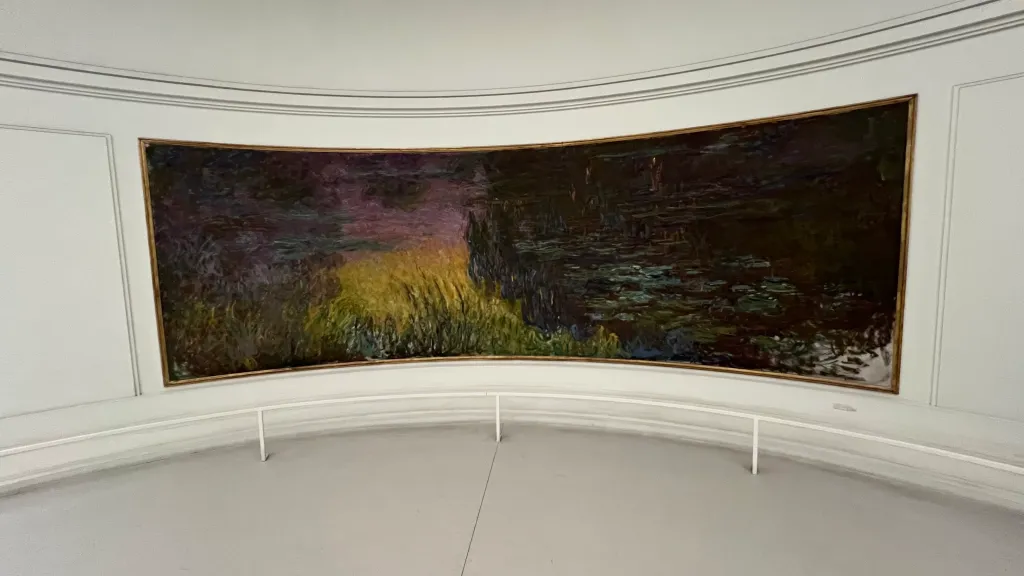
The MAK – Museum of Applied Arts in Vienna is not just a museum; it’s a vibrant testament to the evolution and impact of design and art. Founded in 1863 as the Imperial Royal Austrian Museum of Art and Industry, the MAK has transformed into a dynamic space that bridges the gap between historical artistry and contemporary design.
Historical Perspective: The Evolution of MAK
Originally intended as a source collection, the MAK has evolved significantly. It holds an exclusive collection highlighting the journey of design and art from the past to the present. This museum isn’t just about showcasing artifacts; it’s a narrative of how applied arts have shaped our culture and everyday lives.
The MAK DESIGN LAB: Redefining Design
The MAK DESIGN LAB is particularly noteworthy. It redefines design by incorporating influences from previous generations, firmly rooted in the 20th and 21st centuries. This approach offers a comprehensive understanding of design as a continually evolving concept. The LAB goes beyond traditional boundaries, presenting design as a multifaceted discipline intertwined with various aspects of life and art.
Contemporary Art and Architecture: A Fusion of Ideas
Its focus on the interplay between different fields sets the MAK apart. It’s not just about applied arts or design in isolation. The museum combines applied arts, design, architecture, modern art, and digital media. This amalgamation is vital in understanding the reciprocal relationships among these disciplines. The temporary exhibits are exceptionally enlightening, offering fresh perspectives and new insights into contemporary art and design.
Engaging with the Past and Present
The MAK Museum is more than a repository of artistic works; it’s a platform for dialogue between the past and present. It encourages visitors to explore how historical influences shape contemporary design and vice versa. This approach is essential for anyone interested in the trajectory of design and its impact on our society.
Final Thoughts
The MAK Museum of Applied Arts in Vienna is a must-visit for anyone passionate about design, art, and architecture. It’s not just a museum; it’s a journey through the evolution of creativity and innovation.
More Museums
Related Articles
Discover more from Encyclopedia of Design
Subscribe to get the latest posts sent to your email.


